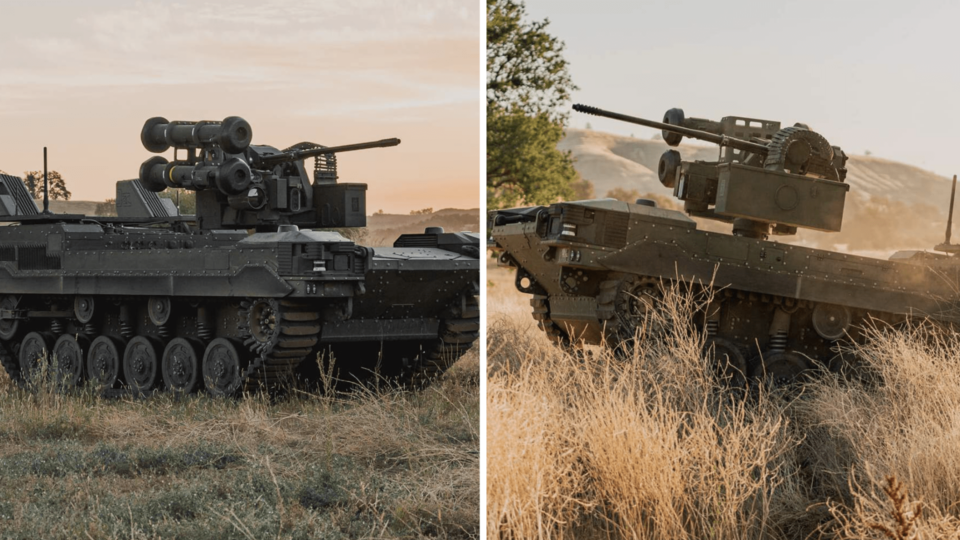The U.S. military has reportedly approved Textron’s Ripsaw M3 for its Robotic Combat Vehicle program. Textron Systems, a Texas-based defense firm, has won the U.S. Army’s latest Robotic Combat Vehicle competition.
Reports revealed that the vendor has been notified. However, there won’t be any official announcement until later this month.
The RIPSAW M3 has a rugged, reliable Robotic Combat Vehicle (RCV) platform, and the vehicle is designed to meet Army requirements while preserving transportability and mission versatility. The vehicle leverages a modular open systems architecture (MOSA) design and common chassis to support a variety of interchangeable payloads from a basic flat-top deck configuration.
Textron is the victor in the latest U.S. military program
Textron is the victor in the latest U.S. military program, according to Breaking Defense.
When asked about the decision, an Army spokesperson declined to comment on whether a selection had been made and said it is still an “ongoing competition until awards are finalized.” Textron did not immediately respond to questions about the contract decision, but the company has previously touted its offering, as per the report.
Textron has revealed that the uncrewed robotic ground vehicle provides a necessary layer of protection to troops as they encounter the most unpredictable environments.
RIPSAW M3 provides unmatched mobility
As the newest generation platform within the RIPSAW family of vehicles, the M3 inherits the proven functionality and reliability of its predecessor in a more modular, mission-capable system, enhancing both soldier safety and mission success, according to the company.
The vehicle incorporates the familiar large, open deck area from the RIPSAW M5 robotic vehicle, and 10kW of offload power provides the flexibility to support multiple lethality, RSTA, combat engineering, and logistics payloads. With a powerful hybrid electric drivetrain and novel suspension, the RIPSAW M3 provides unmatched mobility with over 180 miles of range.
The company has completed over 2,500 miles of pre-delivery durability testing and refinement to ensure a rugged, reliable platform.
Innovative technology
“The RIPSAW M3 exemplifies the innovative technology Howe & Howe develops to support our customers,” said senior vice president Mike Howe, when the vehicle was unveiled last year. “Designed for ease of integration with a common robotic core, the prototypes represent the decades of experience in the ground robotics space our team possesses.”
The company revealed that M3 incorporates lessons learned from solider experimentation into a smaller, but mission-capable variant. This vehicle also provides safety to the warfighter with built-in hardware and software safety redundancies to provide confident experimentation and operation.
“We’re proud to be partnered with Textron Systems and Howe & Howe to deliver this unprecedented robotic platform to the U.S. Army,” said Dr. JihFen Lei, president of Teledyne FLIR Defense, last year.
“We’re excited to bring our expertise in uncrewed aerial systems, 360-degree situational awareness, and intelligent sensing technology onto the RIPSAW M3 that will give soldiers a decisive tactical edge and allow commanders to make better, faster decisions.”
